AFI
SOURCE: AFI

Zen Technologies, a leading innovator in defense solutions, has unveiled a revolutionary range of remote-controlled weapon and surveillance systems designed to bolster national security and empower defense forces globally.
These state-of-the-art systems mark a significant leap in technological advancement, addressing emerging threats and offering robust support across diverse terrains and missions.
Continue readingSOURCE: AFI

IG Drones, a leading Odisha-based drone technology startup, has secured $1 million in its first round of funding. This significant investment will be primarily utilized to accelerate research and development efforts in the defense sector. The company also has ambitious plans to raise an additional $3 million within the next six months to further expand its operations both domestically and internationally.
Bodhisattwa Sanghapriya, the founder and CEO of IG Drones, emphasized the company’s unwavering commitment to innovation, research and development, talent acquisition, and global expansion. He expressed confidence in the company’s exponential growth trajectory, solidifying its position as a leader in drone technology and artificial intelligence (AI).
Continue readingSOURCE: AFI

According to a report by the Federation of American Scientists, India is poised to significantly enhance its nuclear arsenal with the upcoming deployment of the Agni-VI intercontinental ballistic missile (ICBM). This solid-fueled, multi-stage missile is expected to be operational by 2027.
The Agni-VI is designed to be a formidable weapon system. It is capable of carrying up to ten nuclear or thermonuclear warheads in MIRV (Multiple Independent Re-entry Vehicle) and MaRV (Maneuverable Multiple Independent Re-entry Vehicle) configurations. To evade enemy defenses, the missile can also deploy decoys and chaffs to confuse anti-ballistic missile systems.
Continue readingSOURCE: AFI
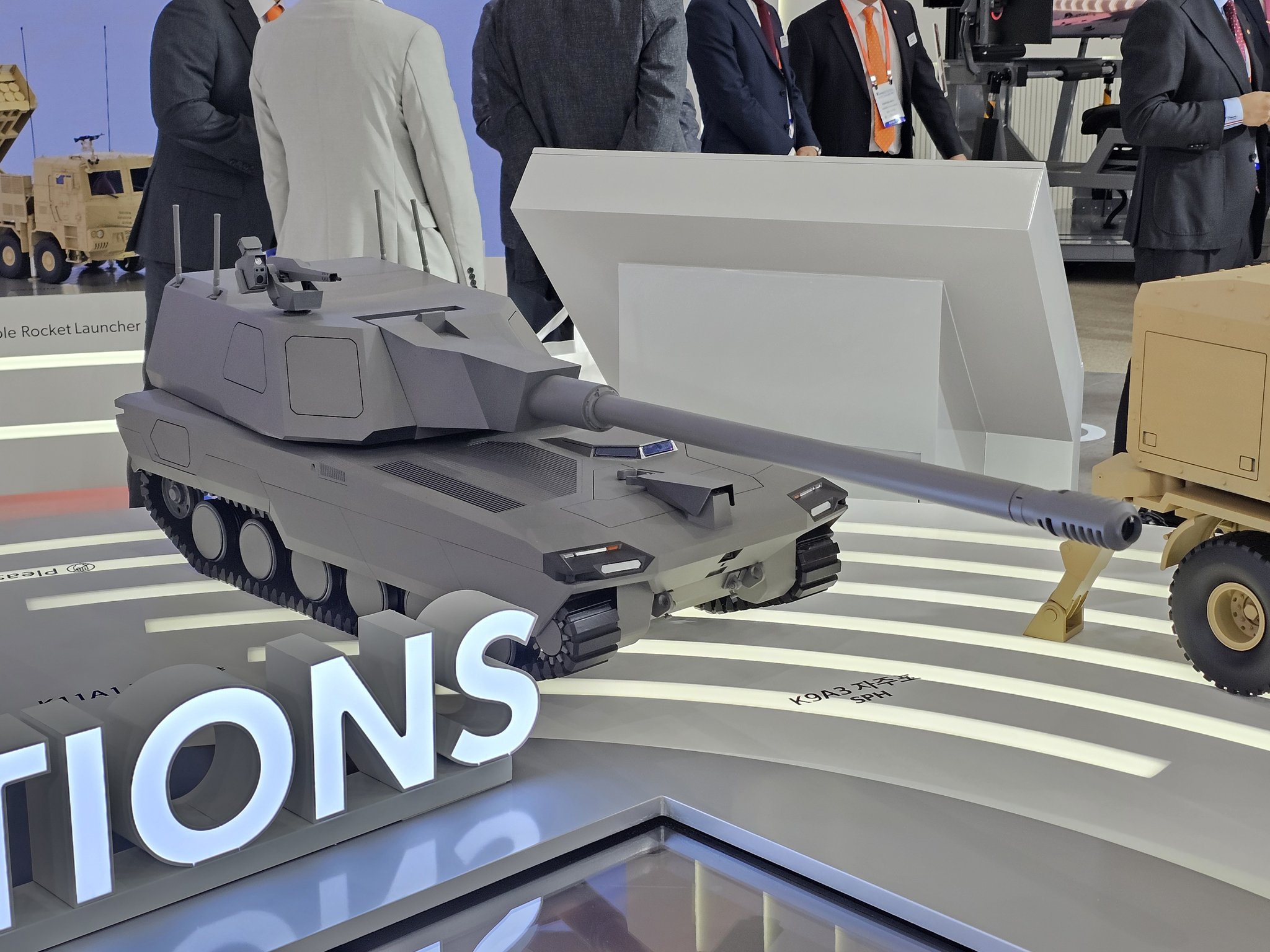
: Hanwha Defense, a leading global defense company, has announced the development of a new version of its highly successful K9 Howitzer. The upgraded K9, featuring a larger 155mm, 58-caliber barrel, boasts an extended range exceeding 80 kilometers. This significant enhancement, combined with the potential for unmanned teaming capabilities, positions the new K9 as a formidable artillery system for modern warfare.
The K9 Howitzer has already gained widespread recognition and adoption worldwide. In India, the K9 Vajra, a variant manufactured by Larsen & Toubro (L&T) under a technology transfer agreement with Hanwha Defense, has been a valuable asset to the Indian Army. With the introduction of the new K9, Hanwha Defense is seeking to further strengthen its partnership with India and explore opportunities for the supply of 100 additional units.
Continue readingSOURCE: AFI

The Armament Research and Development Establishment (ARDE), a premier research and development organization under the Defence Research and Development Organisation (DRDO), is undertaking a significant project to develop a 20mm gun, a 20mm turret, and a 70mm rocket system. These advancements are expected to bolster India’s indigenous defence capabilities and reduce reliance on foreign imports.
One of the key components of this project is the development of a 20x102mm TGS gun. This high-caliber gun is anticipated to be retrofitted onto the SP LCH and Rudra light combat helicopter fleets, replacing the existing Nexter THL20 turret. The TGS gun is expected to provide these helicopters with enhanced firepower and capabilities.
Continue readingSOURCE: AFI
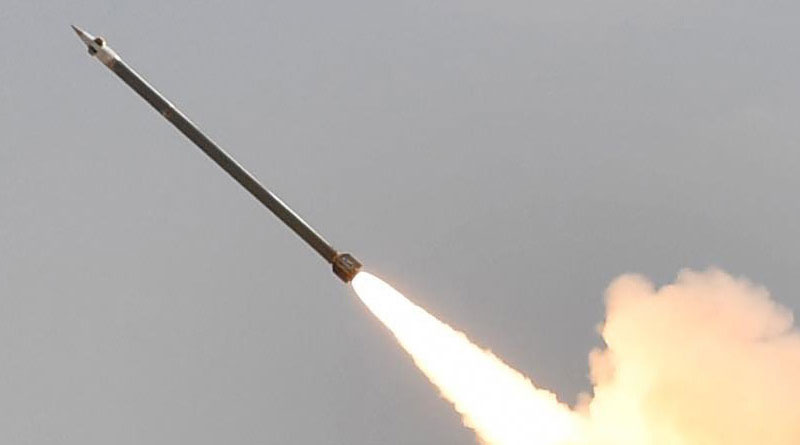
The Indian military is gearing up for crucial flight tests of the indigenously developed Guided Pinaka rocket system at the Pokhran Firing Range (PFFR) in Rajasthan. These trials are scheduled to take place between October 21st and 31st, 2024.
The Pinaka is a multi-barrel rocket launcher system known for its rapid fire capability. The upcoming trials will focus on the Guided Pinaka variant, a significant upgrade that integrates precision guidance technology into the existing system. This addition promises to enhance the weapon’s effectiveness by offering improved accuracy and target engagement at longer ranges.
Continue readingSOURCE: AFI
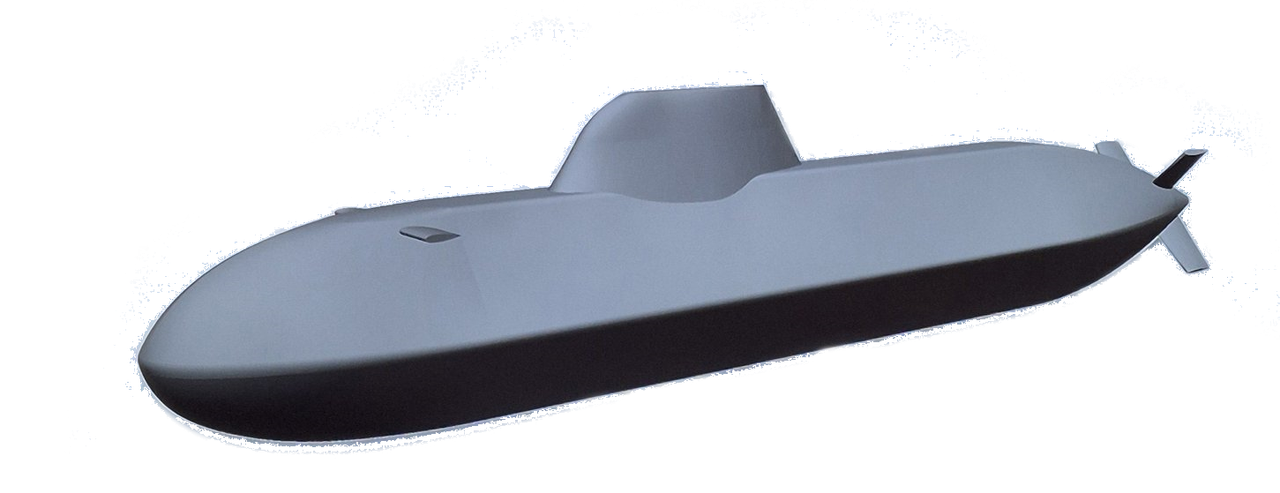
The German shipbuilder ThyssenKrupp Marine Systems (TKMS) recently lost an international arbitration case concerning defective parts in the Son Won-il class submarines of the South Korean Navy. This legal victory has significant implications not only for South Korea but also for countries like India, which is considering German submarines for its Project-75(I) tender. With the global submarine market being worth tens of trillions of won, this arbitration outcome raises concerns about the reliability of foreign-built submarines and highlights the importance of seeking robust guarantees in future contracts.
The Son Won-il class submarines, a key part of South Korea’s naval fleet, have been in service since the early 2000s. However, after just a few years of operation, the submarines began to experience issues, particularly unusual noise generation, which severely hampered their stealth operations. Noise minimization is critical for submarine missions, and this problem rendered the vessels nearly useless. The controversy centered around whether the defects stemmed from faulty foreign parts, crew mishandling, or errors by the final assembly company, HD Hyundai Heavy Industries.
Continue readingSOURCE: AFI
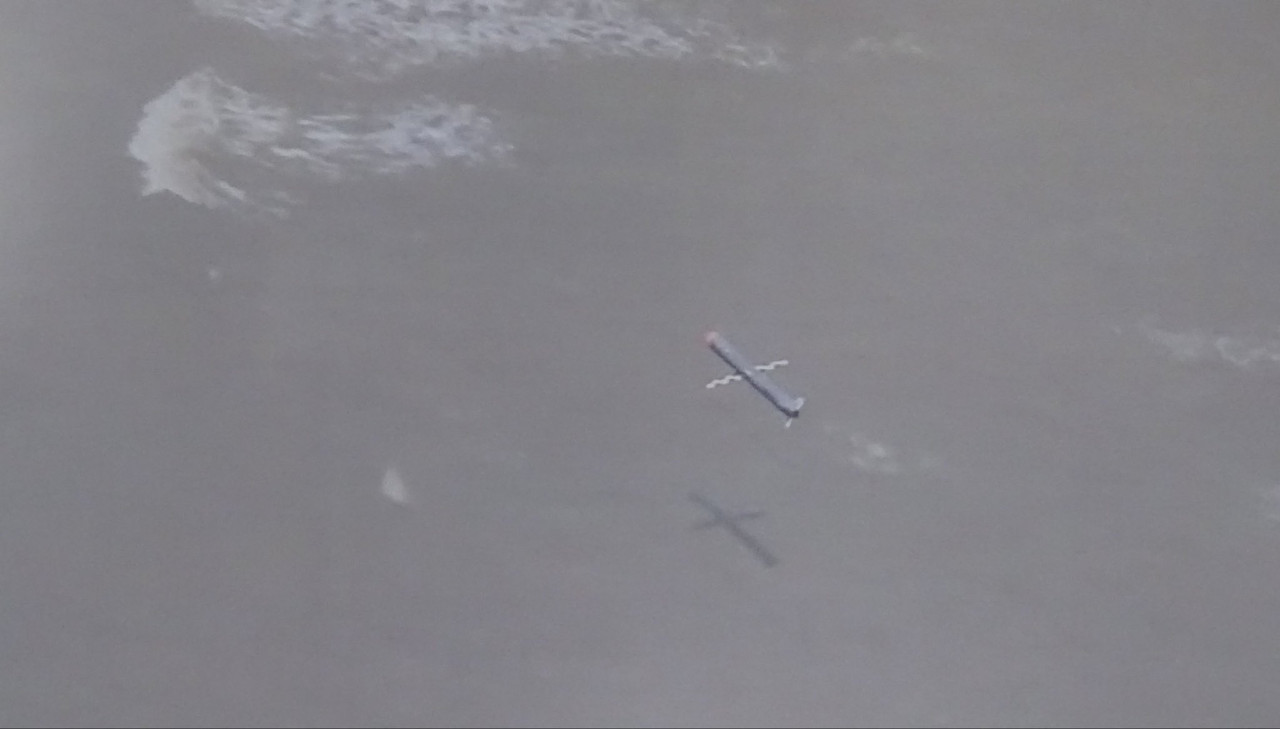
A viral image capturing India’s Nirbhay cruise missile in action has sparked widespread attention for its impressive sea-skimming capabilities. The image shows the missile flying just 8 meters above the ocean surface, showcasing its ability to avoid detection by warship radars. This demonstration has reinforced Nirbhay’s reputation as a potent asset in India’s defense arsenal, capable of taking out frontline warships while evading sophisticated radar systems.
The sea-skimming maneuver demonstrated by the Nirbhay missile is a crucial feature that makes it highly effective against naval targets. By flying at an extremely low altitude, close to the ocean surface, the missile can avoid detection from enemy warships’ radar systems, which are designed to track threats coming from higher altitudes. This low-altitude flight profile minimizes the missile’s radar cross-section, making it difficult for enemy radars to pick it up until it’s too late to react.
Continue readingSOURCE: AFI

Bharat Electronics Limited (BEL), a leading Indian defense electronics company, has successfully completed the delivery of 100 Control Centres for the Air Defence Control & Reporting System (Akashteer) to the Indian Army. This significant milestone underscores BEL’s commitment to providing critical national security solutions and its ability to meet stringent timelines.
The Akashteer project, executed by BEL’s Defense Command & Control Systems (DCCS) Strategic Business Unit (SBU), commenced in March 2024 and was completed ahead of schedule. The rapid deployment of the 100 Control Centres, facilitated by the invaluable guidance of the Army Air Defence Corps, showcases BEL’s capability to deliver strategic defense equipment efficiently and effectively.
Continue readingSOURCE: AFI

Skyroot Aerospace, a leading Indian space startup, has achieved a significant milestone in its mission to launch India’s first privately developed rocket. The company’s Vikram-1 Reaction Control System (RCS) has been successfully flight qualified, paving the way for its maiden flight.
In a series of rigorous tests, Skyroot’s Raman-1 engines were fired in pairs for both positive and negative roll control. A total of 65 pulses were executed, with pulse durations ranging from 60 to 1120 milliseconds. The data collected from these tests confirmed the excellent performance of the module’s propulsion systems and avionics.
Continue readingSOURCE: AFI

The Drone Federation India (DFI) is set to host its upcoming Drone Shivir under the aegis of the Indian Army and Army Design Bureau. The event, themed “Building an Ecosystem for Design, Development, Manufacturing & Certification of Indigenous Defence UAVs in India,” will bring together key stakeholders from government, users, industry, and academia to drive the vision of a self-reliant drone ecosystem.
The roundtable will focus on addressing the critical challenges and supply chain vulnerabilities hindering the development of an indigenous drone and drone component manufacturing ecosystem in India. By fostering collaboration and knowledge sharing among stakeholders, DFI aims to create a conducive environment for the growth and innovation of the drone industry.
Continue readingSOURCE: PTI
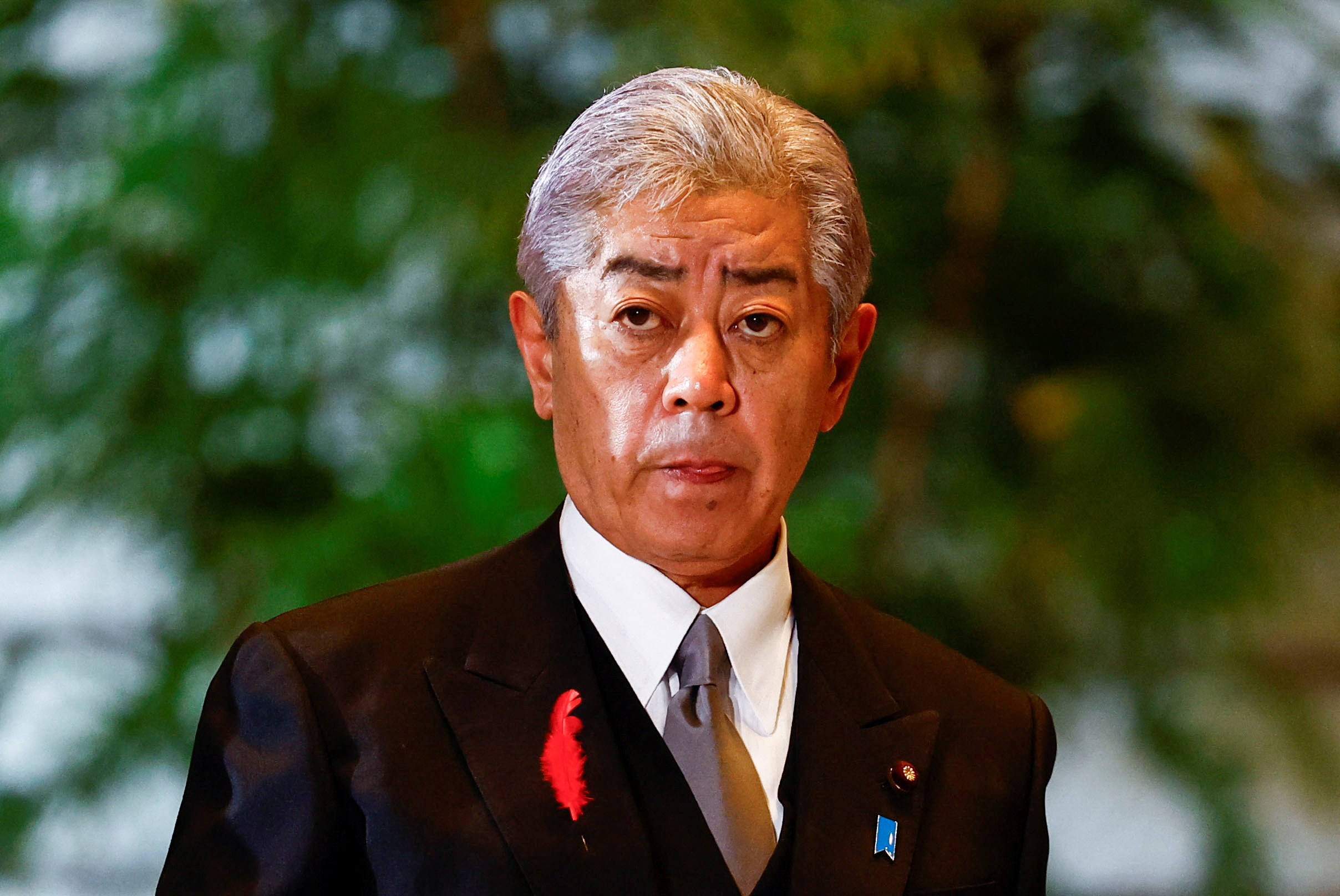
India has once again underscored its independent foreign policy approach in response to international security dynamics, notably Japan’s recent proposal of an “Asian NATO.” Japan’s new Prime Minister, Shigeru Ishiba, suggested the formation of a strategic military alliance in the region to counter growing threats, particularly from China. However, India’s External Affairs Minister, Dr. S. Jaishankar, made it clear that India does not share the vision of such a collective defense framework, reaffirming India’s longstanding policy of maintaining strategic autonomy.
In a recent statement, Jaishankar remarked, “We have never been a treaty ally of any country. We don’t have that strategic architecture in mind.” His comments came in response to growing discussions around Japan’s push for a more formalized military alliance among like-minded countries in Asia, modeled after NATO, to counterbalance regional security threats. While India shares common concerns over regional security and the rise of China, Jaishankar’s statement emphasizes the Indian government’s refusal to be drawn into an alliance-based approach.
Continue readingSOURCE: AFI
COMBINEDOPERATIONSOFINSVIKRAMADITYAANDINSVIKRANTRGVB.jpg)
Last month, India’s indigenous aircraft carrier, INS Vikrant, joined the Western Fleet in a significant boost to the Indian Navy’s maritime capabilities. Now, the focus is on operational readiness as INS Vikrant prepares for a major exercise in the Arabian Sea.
According to the Western Naval Command, this upcoming exercise aims to simulate a real-world two-carrier tactical scenario. INS Vikrant will lead a Carrier Strike Group (CSG), a powerful warship formation typically comprising destroyers, frigates, and submarines working together to secure a specific area.
Continue readingSOURCE: AFI

Morocco has taken a significant step towards bolstering its military capabilities with the signing of an agreement with the Indian multinational conglomerate, Tata Motors. The agreement paves the way for the establishment of a manufacturing facility in Morocco that will produce the WHAP heavy 8×8 Infantry Fighting Vehicle (IFV).
In the initial phase, the Moroccan military plans to procure 150 units of the WHAP IFV. However, the long-term goal is to acquire a total of 400 more units of this advanced military vehicle. The WHAP IFV is intended to replace the older French-supplied VAB IFV version and the outdated AML-90/60 vehicles, modernizing the Moroccan military’s armored vehicle fleet.
Continue readingSOURCE: AFI

Sudarshan Techno Solution Pvt Ltd (STSPL), a leading drone technology company, has introduced a new 1 kg micro UAV designed for counter-insurgency operations and rapid deployment surveillance. This advanced drone offers exceptional capabilities and is well-suited for challenging environments.
The micro UAV can fly at altitudes of up to 4,500 meters above sea level, providing a wide range of operational flexibility. With an endurance of 45-50 minutes and an operational range of 5-7 kilometers, it can effectively gather intelligence and monitor areas of interest. The drone can operate in both tethered and non-tethered modes, offering versatility in deployment.
Continue reading